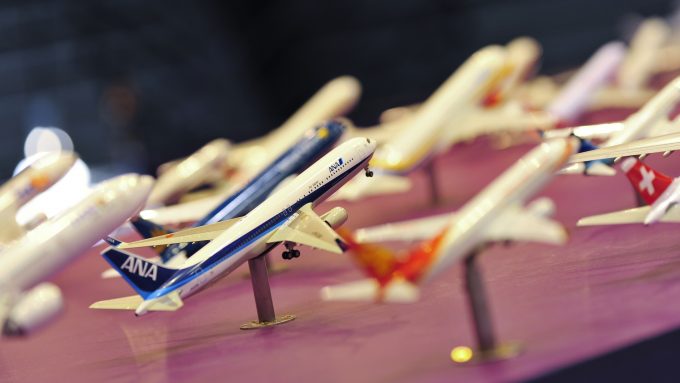RTR: Germany arrests three people suspected of giving technology to China
REUTERS reports: Three Germans have been arrested on suspicion of working with the Chinese secret service ...

A perfect storm of slowing production, overcapacity, and a lack of ‘hot’ consumer must-haves is causing air freight rates to sink to some of the lowest levels seen in years.
Data from China showed a 25.4% year-on-year slump in the value of the country’s exports February, the sharpest fall since May 2009. “I know it was Chinese new year, but this is unprecedented,” said one forwarder.
With some forwarders reporting that rates for sea freight on the westbound trade is now ‘free’, deferred air freight rates last week out of Shanghai to Europe were hovering at around the $1.90/kg all-in mark. Cargolux was reportedly offering rates of $1.48/kg via Chongqing. Guangzhou to Europe was seeing rates of about $2.40/kg, while Hong Kong was hovering at the HK$11/kg ++ mark, although some carriers were offering promotions.
Airline security charges are rising – in some cases faster than the fuel surcharge declines – but “air freight is on its knees”, said one forwarding source.
The market out of mainland China was expected to improve slightly this week, rising about $0.25/kg, but Hong Kong remains in the doldrums.
Meanwhile, MIQ Logistics was reporting that Shanghai’s factories are preparing for partial – or complete – closure from June onwards in advance of the G20 summit in September in Hangzhou, apparently in an attempt to improve air quality.
“There used to be a good run up to Easter and a three or four day backlog,” said the forwarder. “This week is slightly better out of China, but we can still book a flight on the same day.
“If exports are down 25%, that is a huge factor.”
He noted that out of Hong Kong next week the fuel surcharge has been dropped completely. “Airlines are back to just the freight rate and security surcharge.”
Not only is world trade slowing, but air freight’s USP is being undermined. “The factories aren’t busy, so there are no backlogs or delays – the root cause of needing air freight is not occurring,” said a forwarder. “And nothing is really trending – no iPhones, or whatever the latest toy is.”
Air freight traditionally relies on supply chain disruption or the latest consumer trends for high value items. Speaking in Berlin last week, head of air freight for Panalpina, Lucas Kuehner, said: “Whatever is the next ‘hot’ thing will go on air freight. That has a lot to do with the value proposition.”
Last year was the first year that more laptops were transported by sea freight rather than air, according to Seabury data. “Importers are getting slicker,” said a senior European forwarder. “There’s a focus on air freight – i.e. not to use it. And there are no new fads.”
Low demand is coupled with serious overcapacity – which is now blossoming out to non-hub airports as the Middle Eastern carriers push out ever more passenger destinations.
“There is so much belly capacity now. No one does Blocked Space Agreements any more – it’s all about the spot market. Airlines can’t restrict capacity in the way that they used to.”
One UK forwarder added that the market was “very challenging”.
“How can I make $100 on one container, when the rate is $100? We used to make $300 to $400 on a container. It’s the same amount of work, but with significantly less revenue.
“There is misery wherever you go. Rates are really suppressed.”
Comment on this article
Jonathan Gunn
March 24, 2016 at 5:17 pmAirplanes are fast
Max Giese
March 24, 2016 at 5:20 pmI like airplanes!
Jonathan Gunn
March 24, 2016 at 5:51 pmMe too!